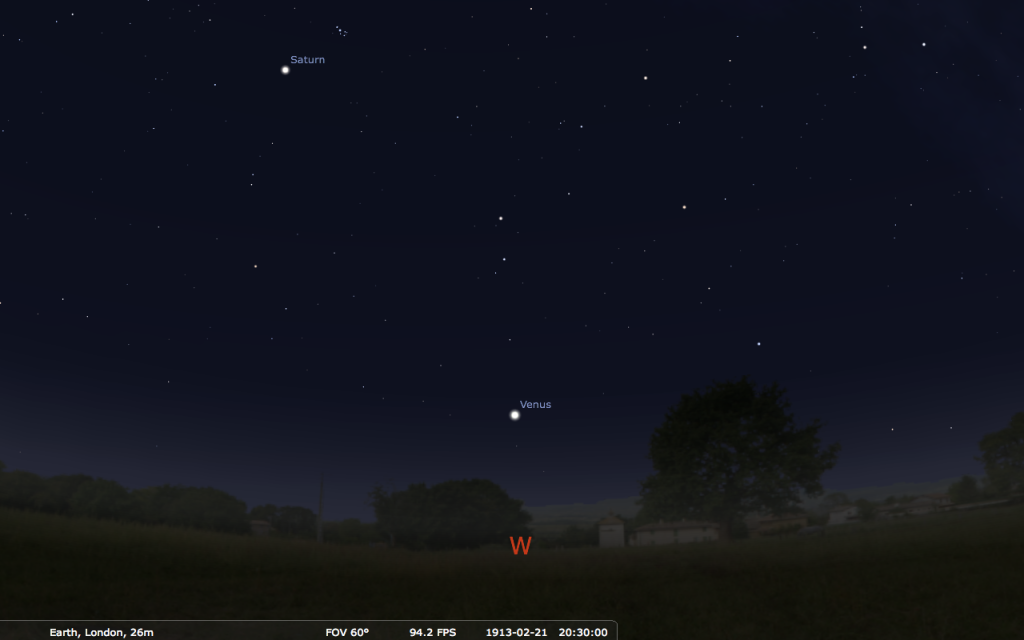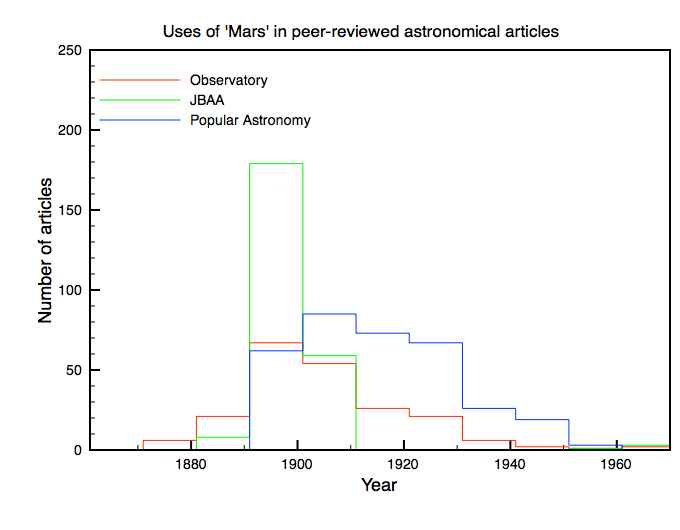The Imperial Aircraft Flotilla — II
As of May 1916, the Imperial Aircraft Flotilla consisted of 91 machines purchased with funds donated by Britons overseas, 69 for the RFC and 22 for the RNAS. The RFC donations were organised through the Over-Seas Club — £1500 for a B.E.2c and £2250 for a Vickers F.B.5 — and were as follows.1 The Imperial […]








